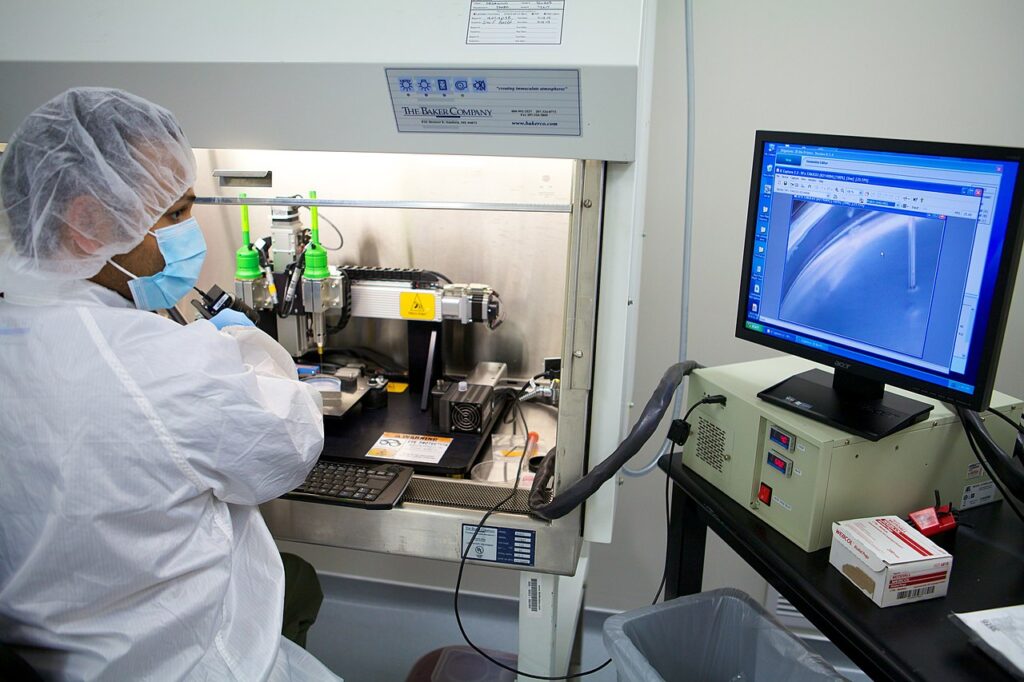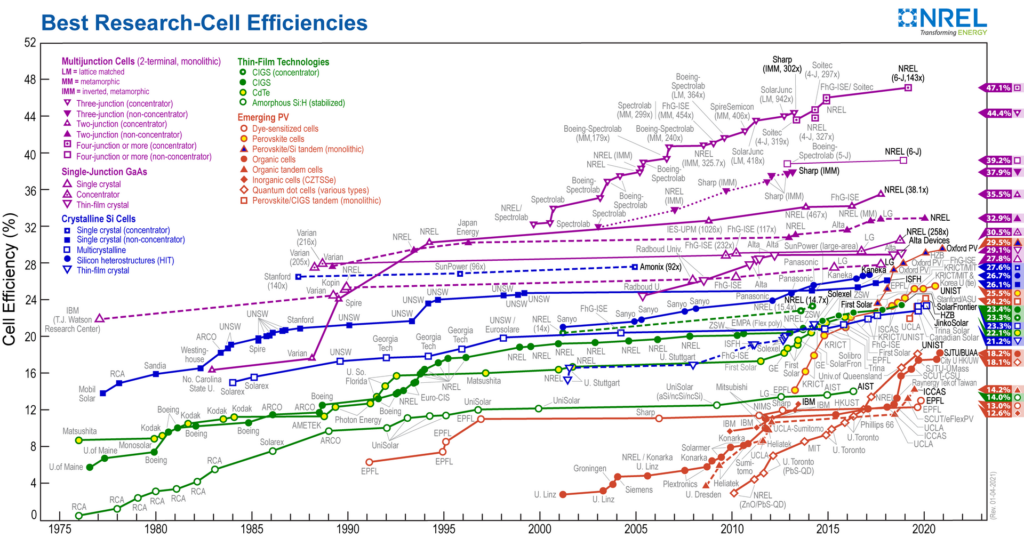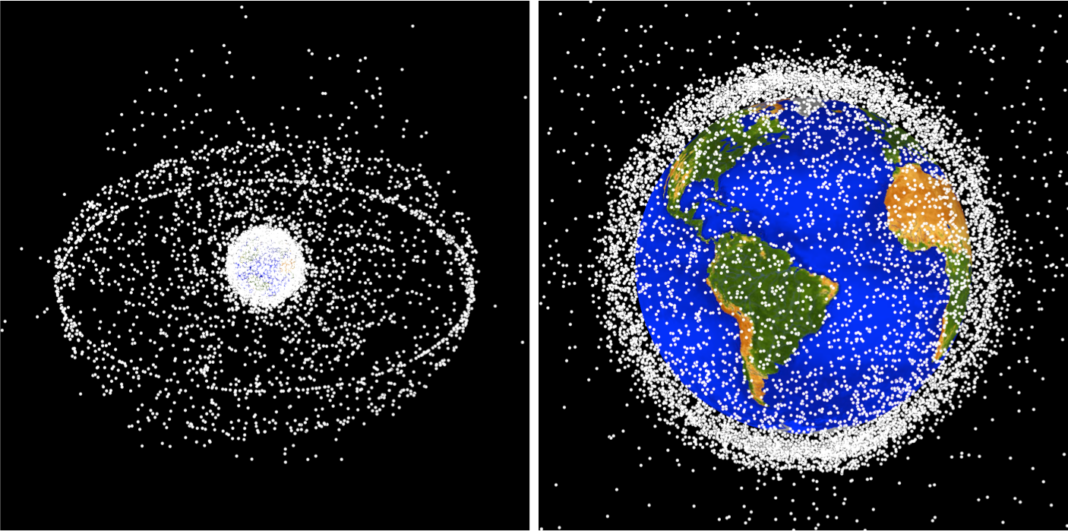Last week, a dear friend of mine asked me: If you had large amounts of money to spend on research, what kind of investigation would you support? These are my personal top five.
1. Space trash removal
Maybe you have not noticed, but the space around the Earth is plagued with trash and debris. 95% of the objects orbiting the Earth are out-of-service satellites and rubble.
Thousands of satellite wreckage pieces, each larger than a tennis ball, together with millions of debris marble size, and billions of nanoparticles orbit the Earth eight times faster than the fastest jet aircraft in the world. Skies crowded with such waste threaten service satellites, space stations, space telescopes, and even life on Earth.
Our everyday lives rely strongly on technology, and satellites encompass one such technology. It is an invisible dependence that goes way beyond communications, and it is crucial to be conscious about it.
Many industries, including transportation, depend on global positioning satellites. Satellites watch the weather and possess the capacity to notify where hurricanes are headed. They monitor catastrophes and help people on Earth to come up with effective rescue plans. Satellites even distribute our movies.
Remote and vulnerable communities would be at risk in a satellite shutdown. “Whole communities would be left disconnected without the capacity to buy food and gas stations would stop functioning,” says Genaro Grajeda, a satellite communications engineer.
The efforts to clean up space pale in comparison to the increase in launches of Earth-orbiting objects, which grow exponentially with the new mega-constellations. NASA leads the monitor, space debris assessment, and mitigation. However, the keyword is “removal,” which has been so far poorly addressed.
The Japanese Space Administration-JAXA investigates systems to deal with space debris. So far, the major technology development on space trash removal is being conducted by the European Space Agency-ESA. Their mission is planned for launch in 2025.
Investigations and efforts on how to tidy up space are greatly needed.
References
- J.-C. Liou1, N. L. Johnson. (2006). Risks in Space from Orbiting Debris. Science 311(5759), 340-341. DOI: 10.1126/science.1121337
- Mark Garcia. (2021). Space Debris and Human Spacecraft. NASA news.
2. Carbon capture
Coal and gas remain the largest sources of fuel for power generation globally, and they continue to grow in popularity mainly in developing countries. Since fuel use dominates the carbon dioxide emission sources, achieving the climate goals would require eliminating existing coal-fired and gas-fired plants, which is a naive fantasy. Replacing them with removable clean energies will take considerable time, so implementing carbon capture methods is definitely needed.
Investigations on carbon dioxide capture technologies address the costs of investments and implementations and their impact on energy prices.
Innovations in affordable carbon capture and storage systems are essential to mitigate climate change.
References
- International Energy Agency-Report. (2020). The role of CCUS in low-carbon power systems. IEA, Paris.
- Tabbi Wilberforce, Ahmad Baroutaji, Bassel Soudan, Abdul Hai Al-Alami, Abdul Ghani Olabi. (2019). Outlook of carbon capture technology and challenges. Science of the Total Environment 657, 56–72.
- Simon Roussanaly, Niels Berghout, Tim Fout, Monica Garcia, Stefania Gardarsdottir, Shareq Mohd Nazir, Andrea Ramirez, Edward S. Rubbin. (2021). Towards improved cost evaluation of Carbon Capture and Storage from industry. International Journal of Greenhouse Gas Control 106, 103263.
3. Engineering human organs
Last week, my 14-year-old daughter discussed her governance debate project with me. It was about the organ donor law. One team had to defend that only people registered to donate could receive donations when in need. The other team had to defend that medicine cannot make that kind of distinction in patients. In the end, we agreed that patients should not depend on organ donations to survive.
More than a hundred thousand patients in the US are currently on the organ transplant waiting list. Twenty patients die each day, on average, while waiting for an organ. The need for organ transplants continues to significantly exceed the number of registered donors, leaving patients with no option but to endure long, stressful waiting periods.
Bioprinting is a research area aiming to 3D print an entire functioning human organ ready for transplant patients one day. Back in 2013, we were astonished to see surgeon Anthony Atala printing nonfunctional human kidney tissue during his TED talk. In 2018, scientists at Biolife 4D successfully bioprinted a cardiac tissue patch.

Scientists at the Department of Animal and Avian Sciences, University of Maryland, successfully targeted specific organs injecting stem cells from pigs into embryos. This is a promising step towards using stem cells for delivering therapeutic solutions which could even avoid full organ transplantation.
Another explored option is to use animals to grow the organs for us. While a better option than to let the patients die, in the end, this procedure incurs animal abuse.
Finding therapeutic options for patients suffering from organ failure would represent a tremendous medical step in medicine.
References
- Bioprinting: the future of organ transplant, (September 5th, 2018). Medical device Network.
- University of Maryland. (December 17th, 2020). Growing human organs for transplantation with new proof-of-concept. ScienceDaily.
4. Learning sunlight harvesting from living beings
For over three billion years, plants, algae, and other living organisms have been getting their energy directly from the Sun. They owe their success to photosynthesis, which is a highly efficient process.
During photosynthesis, electrons in chlorophyll transfer sunlight energy to other molecules. These very first steps proceed with over 90% efficiency! How does a living organism do that? What is the mechanism involved? Can we mimic this process with similar efficiency?
Because these first steps occur within the atoms in a molecule—in one trillionth of a second—classical physics is not enough to explain them: quantum physics is necessary.
The efficiency recorded for human-made solar cells is still under 50%. Our civilization is in urgent need of clean and efficient energy sources for its survival and unlocking the secrets of how Nature does it can help us capture, transfer and store solar energy effectively.

References
- Scholes, G., Fleming, G., Olaya-Castro, A. et al. (2011). Lessons from nature about solar light harvesting. Nature Chem 3, 763–774. .
- John F. Geisz , Myles A. Steiner , Nikhil Jain , Kevin L. Schulte , Ryan M. France, William E. McMahon , Emmett E. Perl , and Daniel J. Friedman. (March, 2018). Building a Six-Junction Inverted Metamorphic Concentrator Solar Cell. 626 IEEE JOURNAL OF PHOTOVOLTAICS 8(2).
- Marais, Adriana; Adams, Betony; Ringsmuth, Andrew K.; Ferretti, Marco; Gruber, J. Michael; Hendrikx, Ruud; Schuld, Maria; Smith, Samuel L.; Sinayskiy, Ilya; Krüger, Tjaart P.J.; Petruccione, Francesco; van Grondelle, Rienk. (2018). The future of quantum biology. Journal of the Royal Society. Interface. DOI:10.1098/rsif.2018.0640.
5. How do we perceive time?
I could not have finished my concise list without a fundamental question: What is time? It is a question that has fascinated all kinds of scientists, from physicists, biologists, and neurologists to psychologists. However, the question I want to address here is less ambitious.
The current understanding in astronomy is that time and space are amalgamated and are affected by matter and energy. This is what general relativity teaches us. However, when we look closely into the subatomic world, we face the need for quantum mechanics. We know that physicists have been unable to explain general relativity results in the realm of quantum physics. That means that the nature of time is still far from being understood in physics.
On the other hand, biologists have exciting advances in understanding circadian rhythms and how living beings perceive time. Let’s take, for example, the Nobel Prize in Medicine, 2017.
Jeffrey C. Hall, Michael Rosbash, and Michael W. Young were awarded the prize for “discovering molecular mechanisms that control circadian rhythms.” They studied how our internal biological clocks anticipate day/night cycles to optimize physiological processes and behavior.
How are all these models related? What could physicists learn from how living beings “manage” and perceive time?
Is the arrow of time real or is it an illusion, a trick from our brain?
Scientists believe that our brain does record memories in the order of events taking place. Albert Tsao from the Department of Biology, Stanford University, and collaborators investigated how the brain experiences time. The research, which was made on freely foraging rats, found that certain regions of the brain record experiences at multiple time scales, ranging from seconds to hours. Their results suggest that memory episodes (what’s happening) are stored together with time (when) and spatial (where) inputs.
Studies on how these processes happen in our brain are still at an early stage. Advances would shed light on our relationship with ourselves and the cosmos and would bring us a step forward in understanding the nature of time.
References
Tsao, A., Sugar, J., Lu, L. et al. (2018). Integrating time from experience in the lateral entorhinal cortex. Nature 561, 57–62.






[…] post Top 5 scientific investigations in need of attention first appeared on United Academics […]